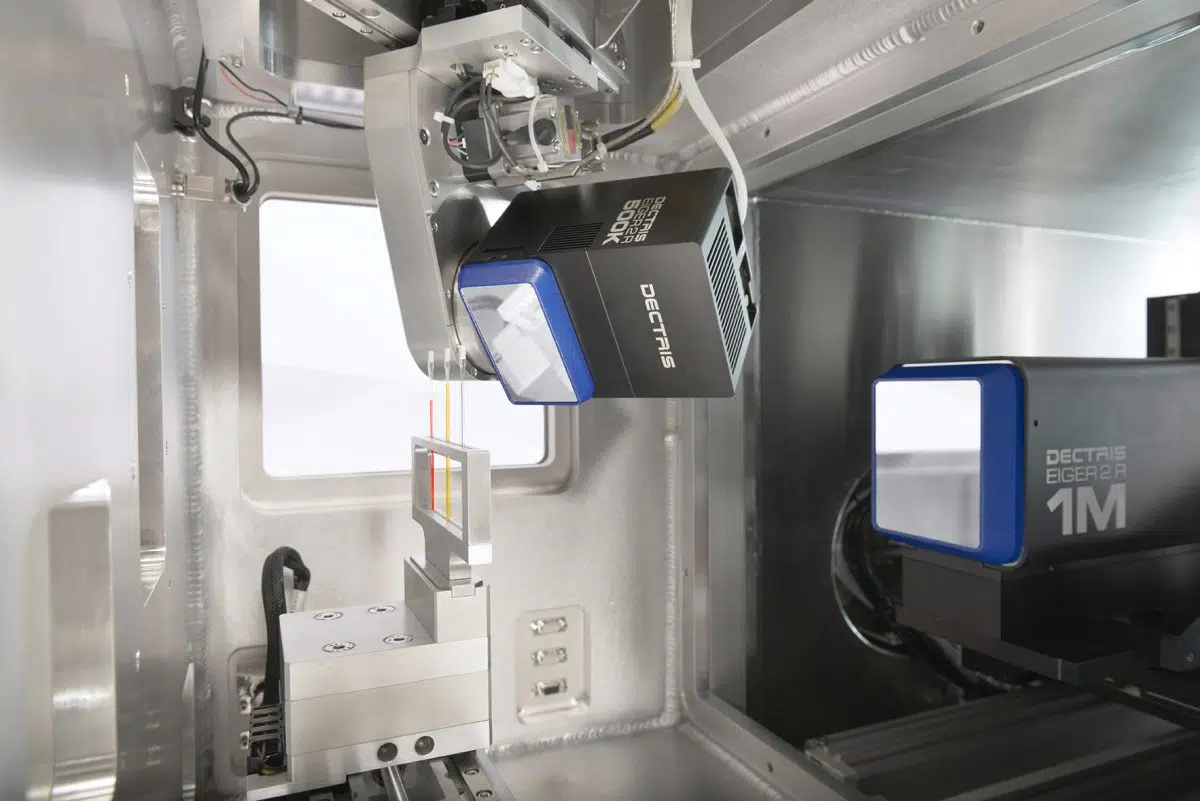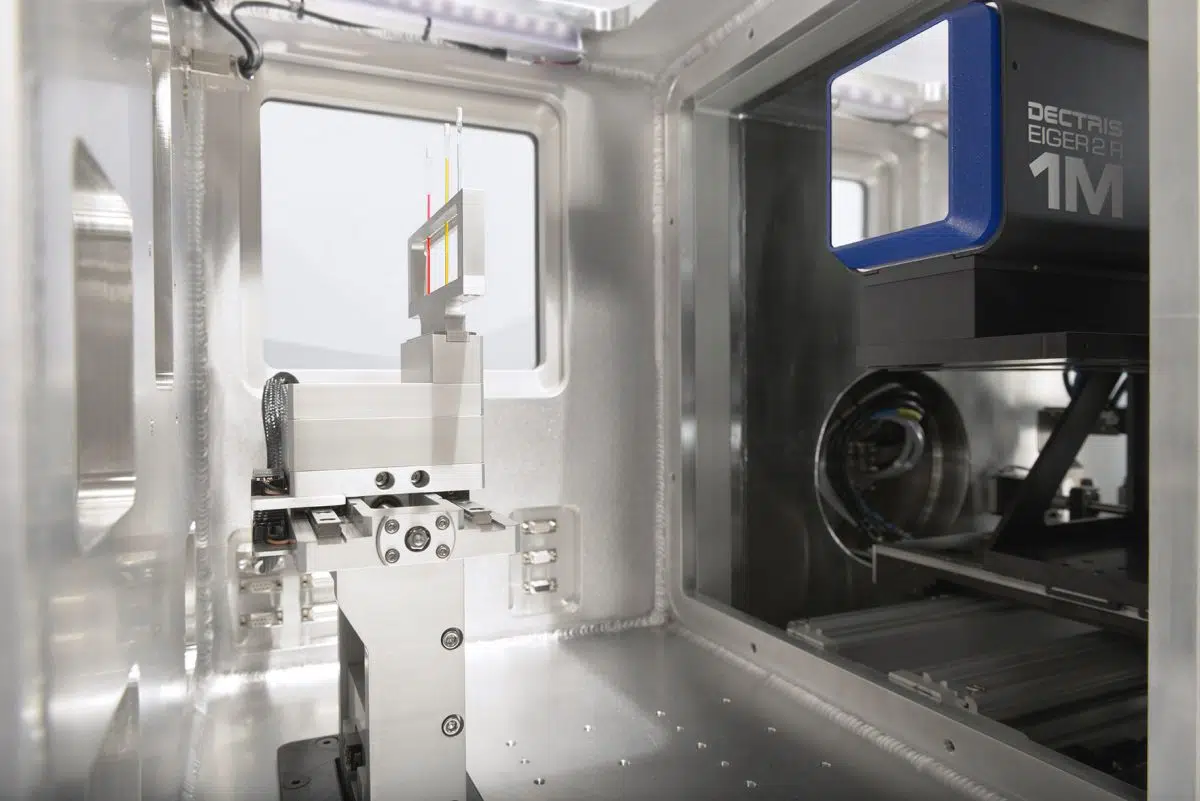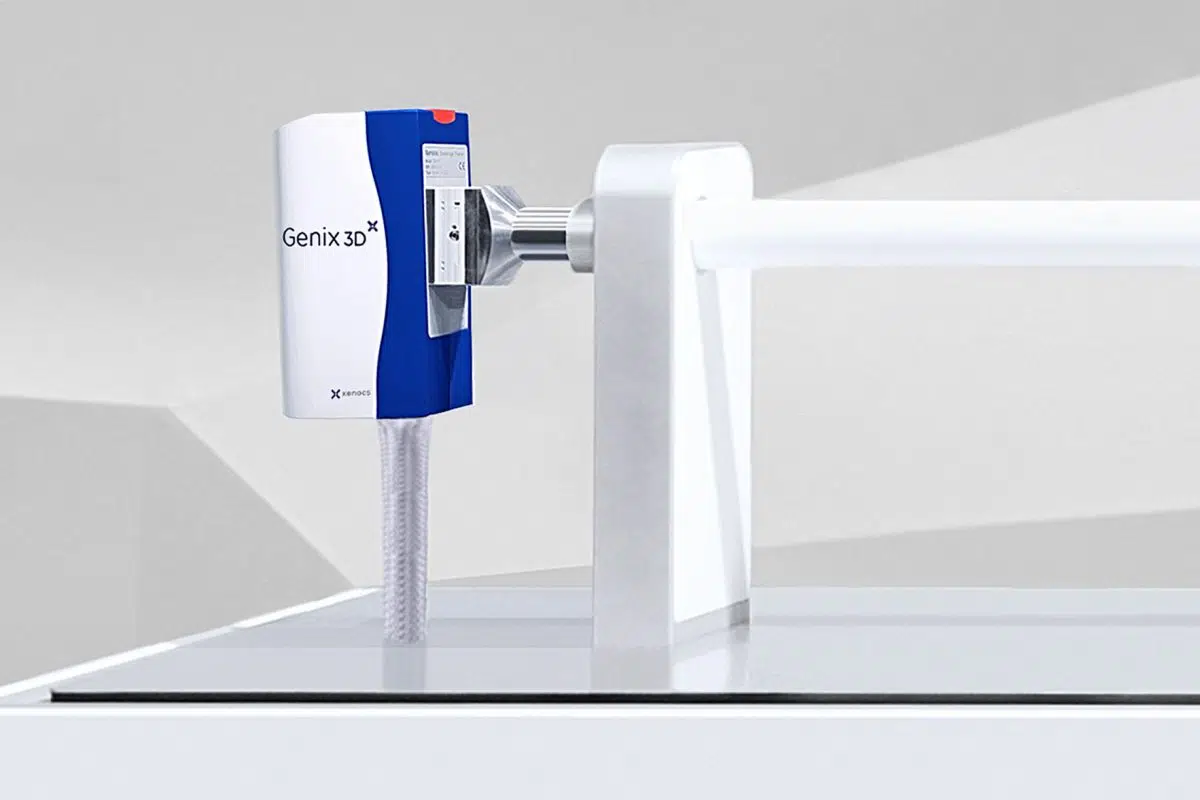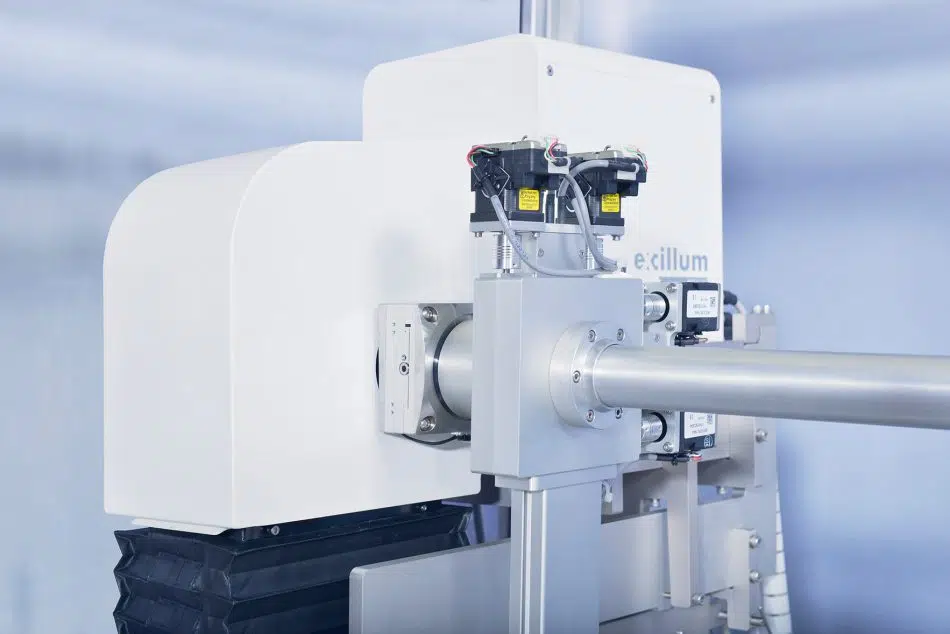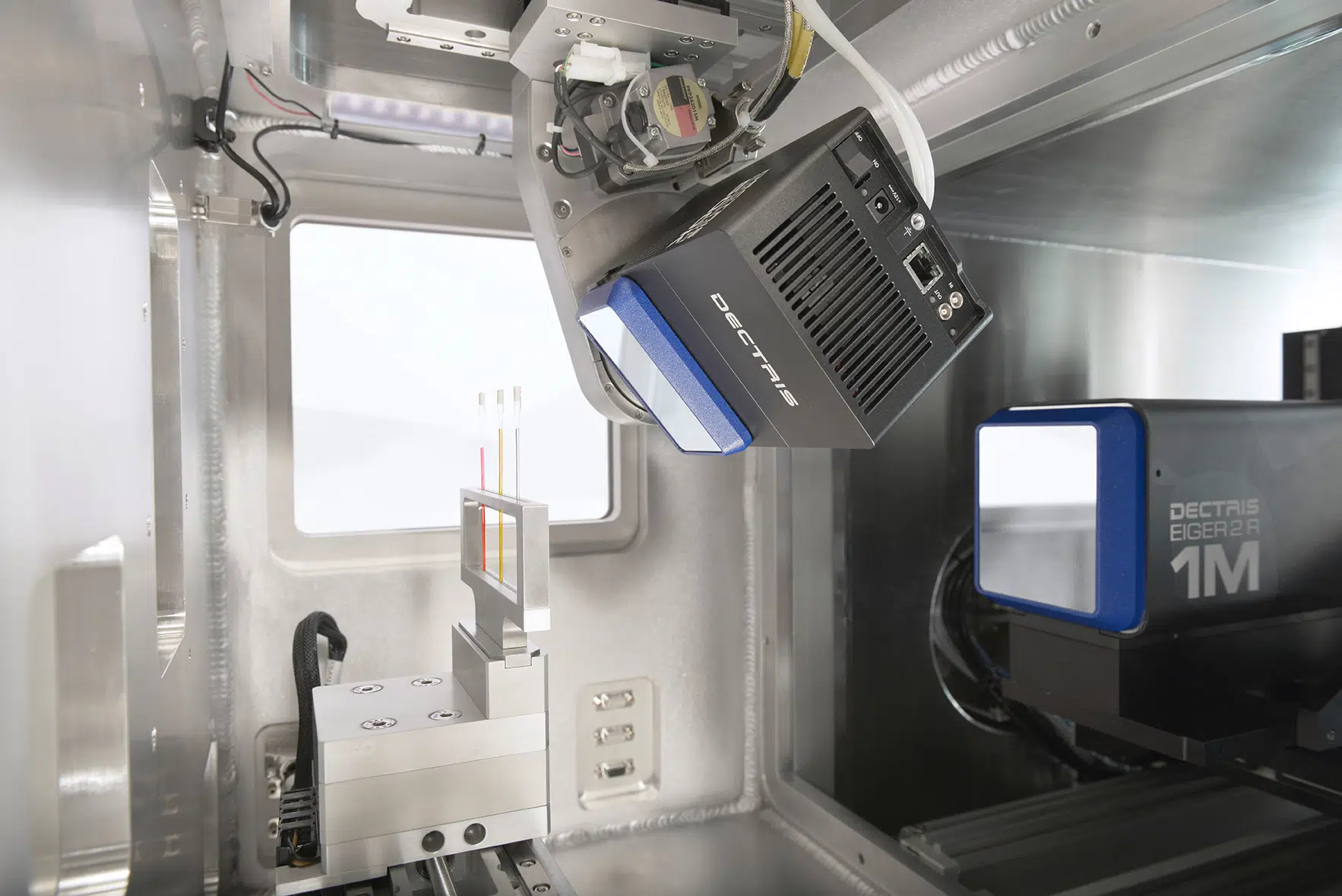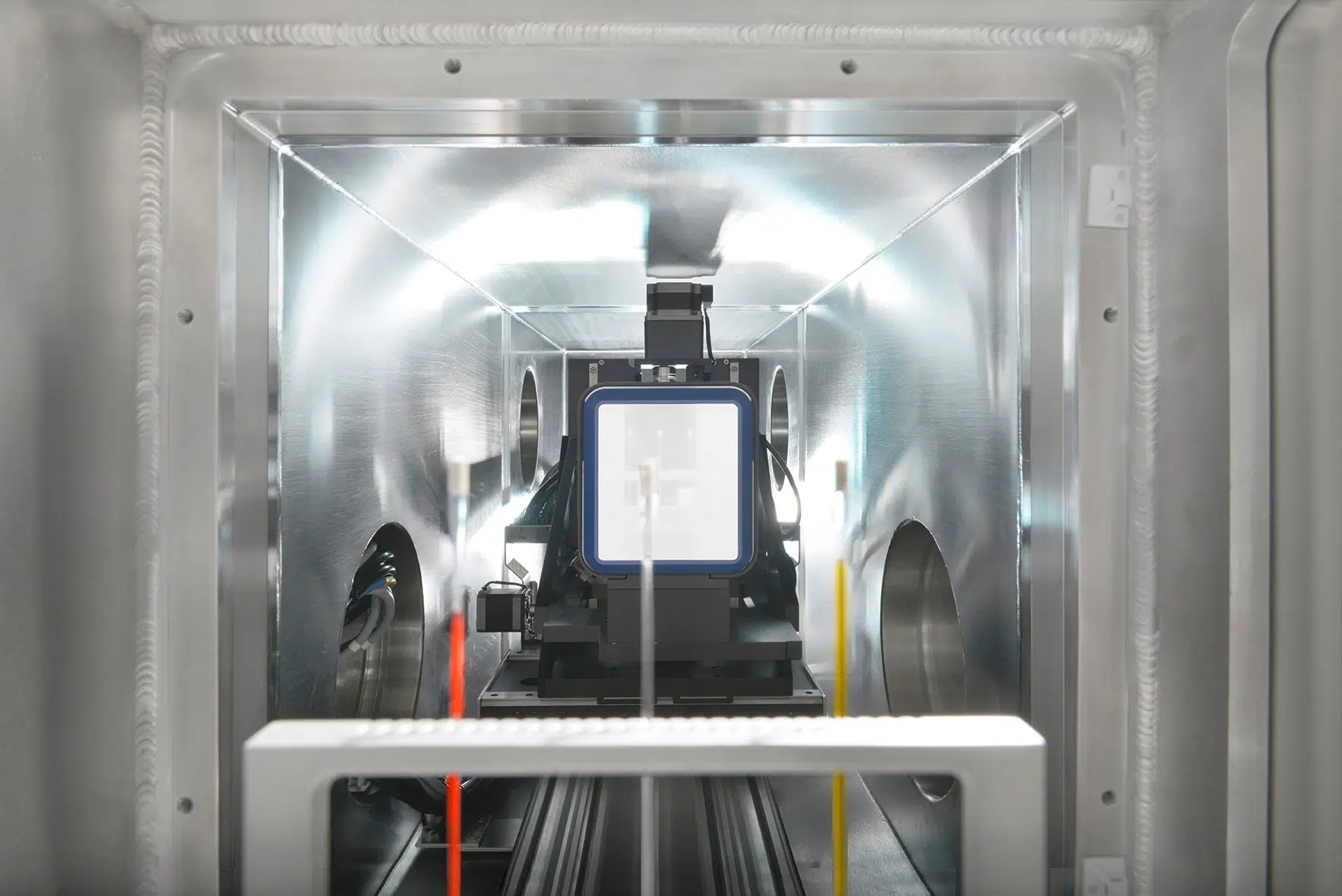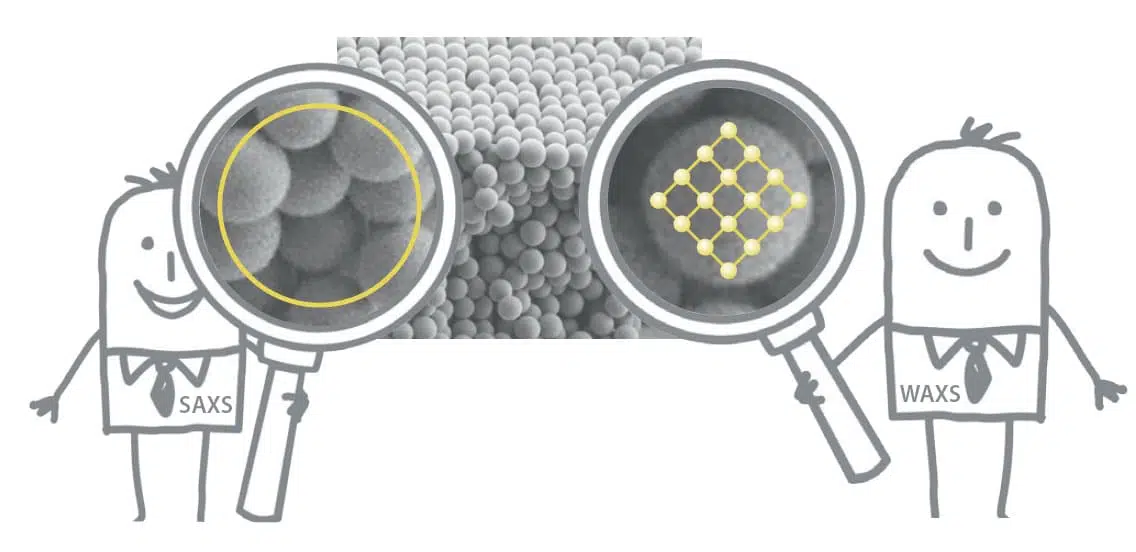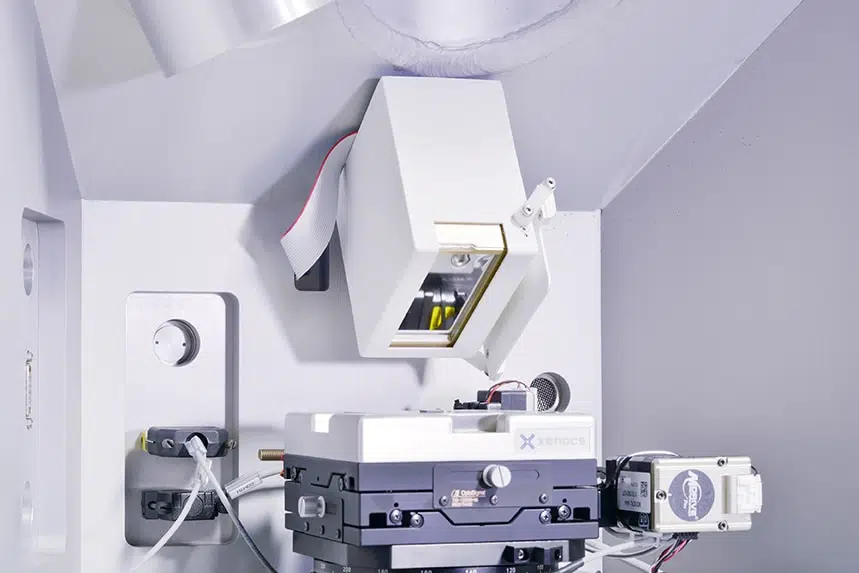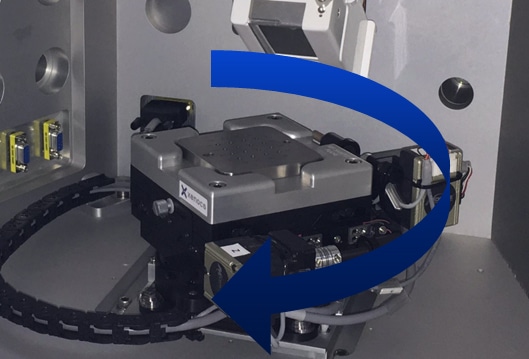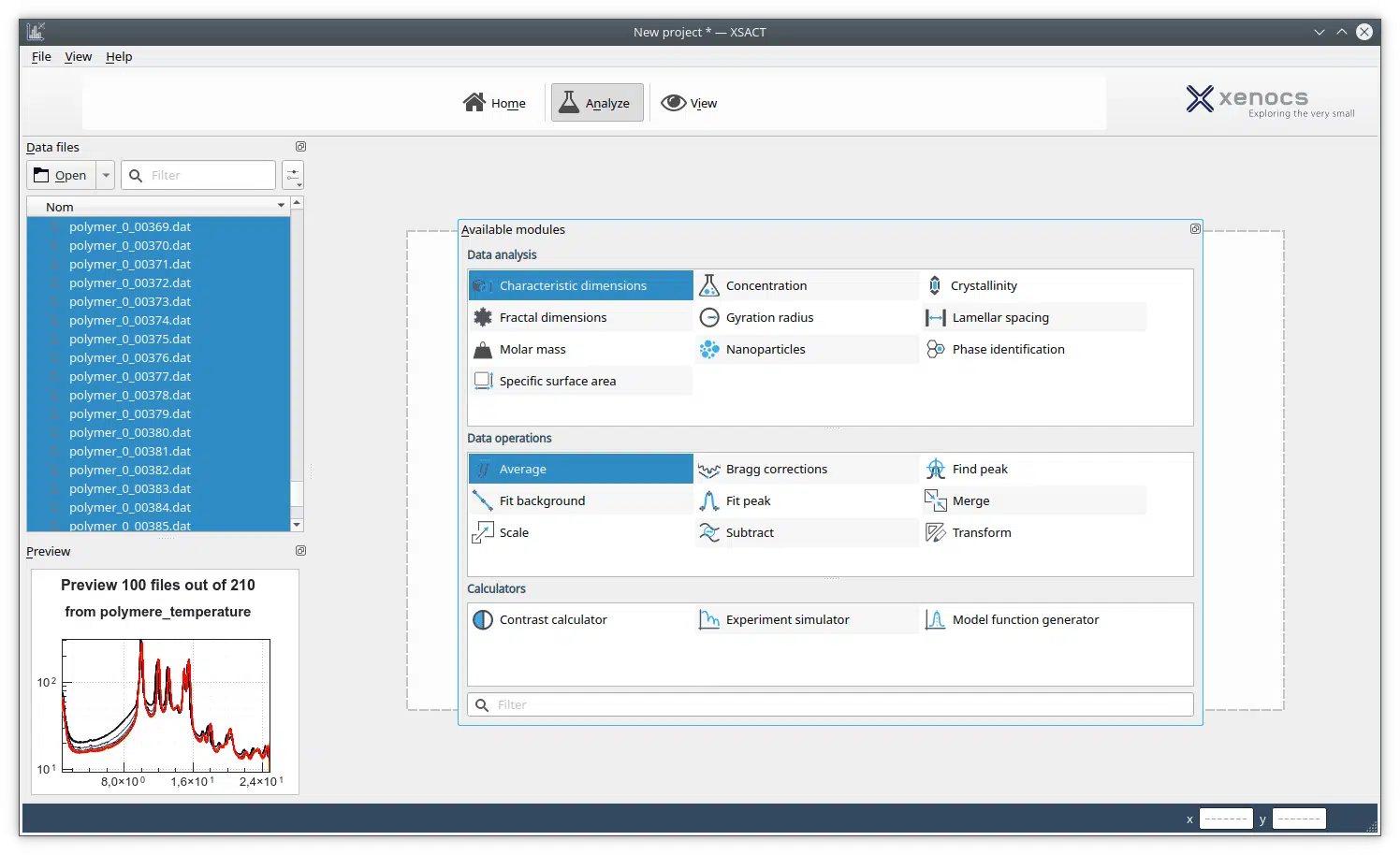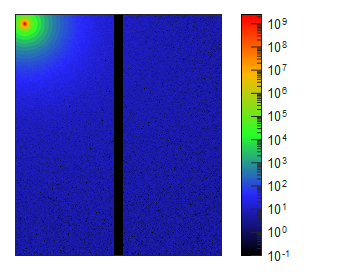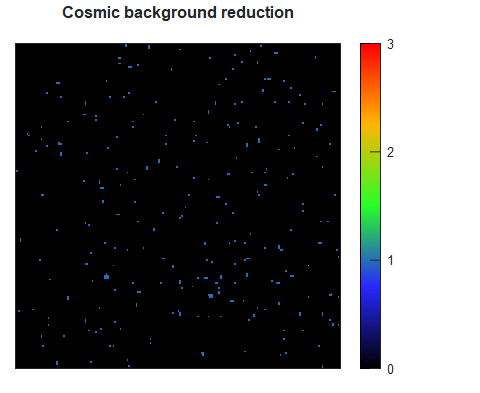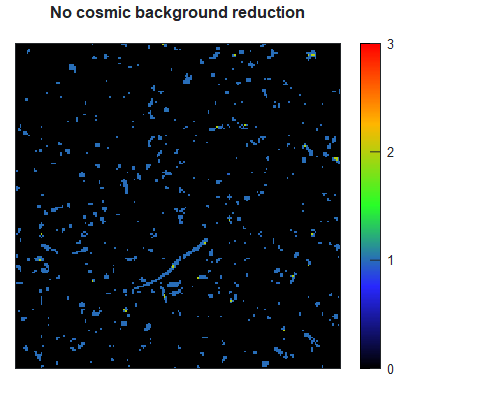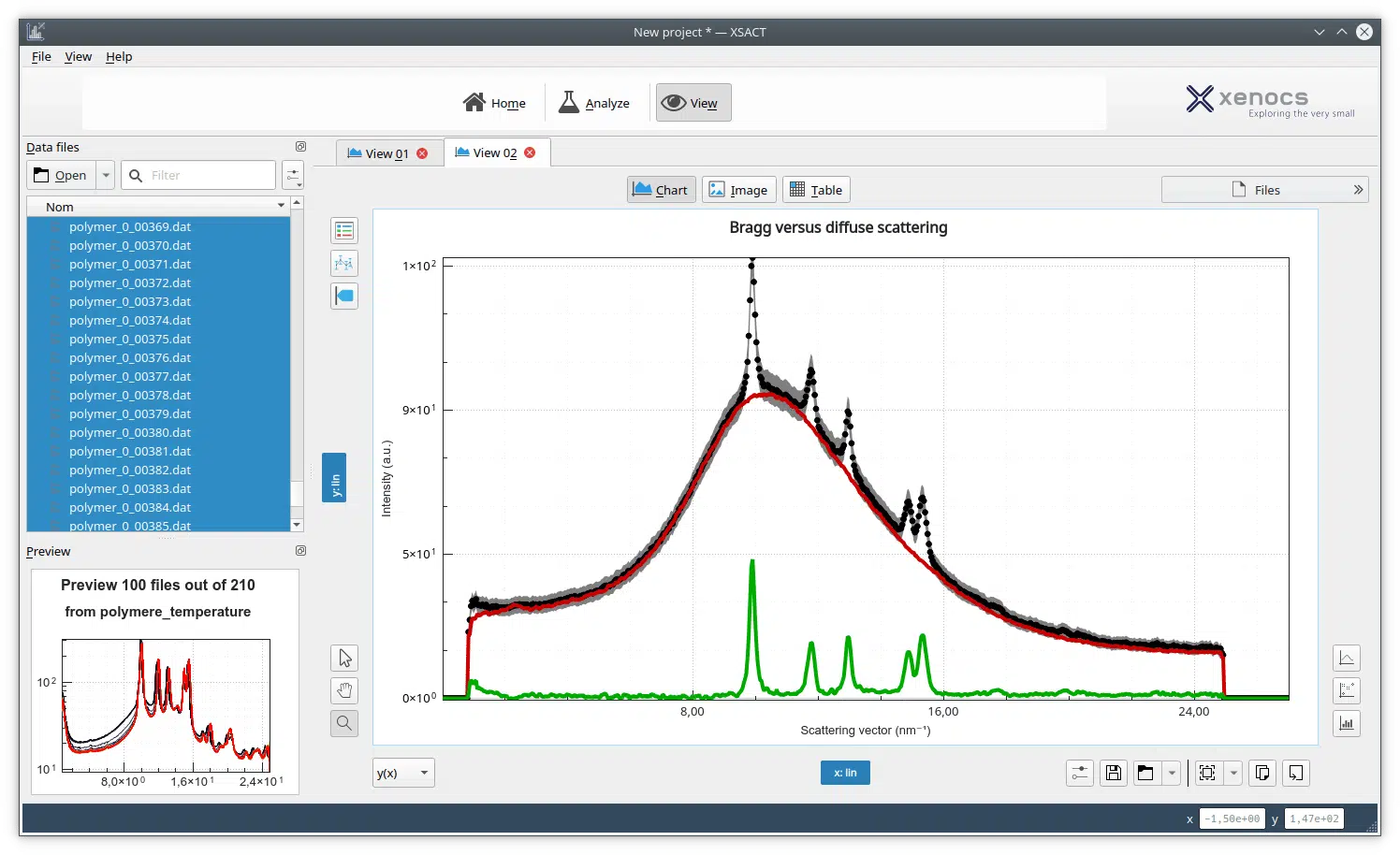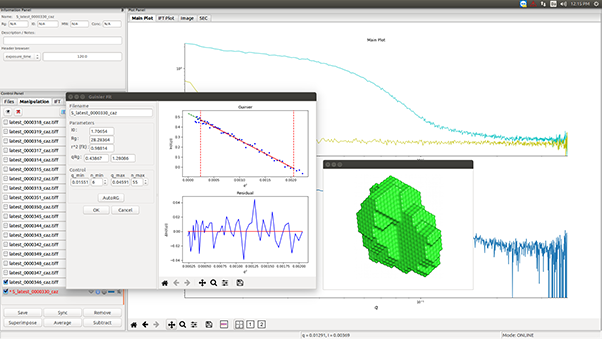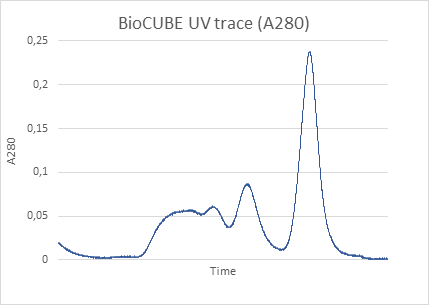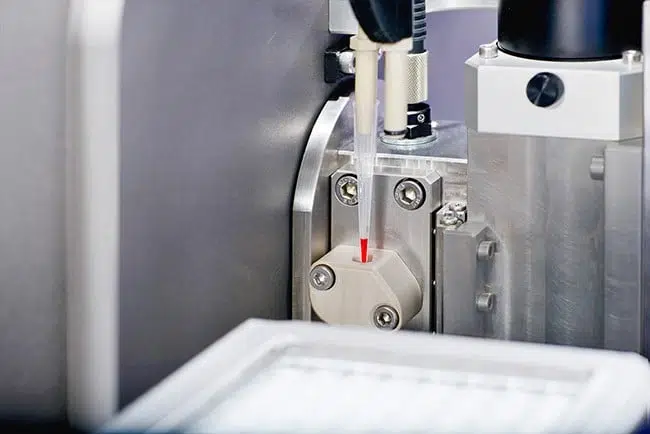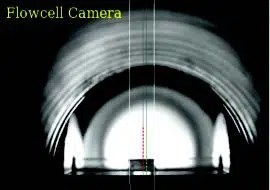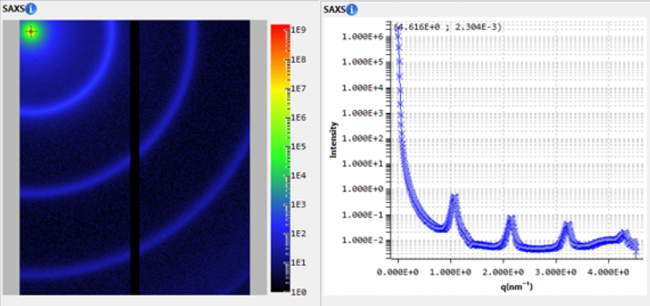New Journal of Chemistry, 2018, vol 42, 12, pp. 10337-10347
DOI:10.1039/C7NJ05174C
Abstract
Corrosion resistant coatings are prepared from a hybrid nanocomposite aerogel derived from tri-functional silanes, methyltrimethoxysilane (MTMS) and glycidyloxypropyl trimethoxysilane (GPTMS) and from a zirconium isopropoxide (ZIP) precursor which acts as an inorganic nano-dispersion in an organically modified silane (ORMOSIL) matrix. A series of hybrid compositions of MTMS and GPTMS are prepared in which the amount of ZIP is varied. The variations in the pH, viscosity and gelation time of the prepared compositions are monitored. The wet alcogels thus obtained are homogenized in a solvent using an ultrasonicator followed by coating the suspension on aluminium alloys and glass substrates using a dip coating unit. The prepared coatings are further dried and annealed at 400 °C for 1 h. The wet alcogels are also dried under ambient conditions for seven days resulting in hybrid nanocomposite aerogel monoliths and are calcined at 400 °C. The hybrid nanocomposites and coatings are further characterized using X-ray diffraction analysis, Fourier transform infrared spectroscopy, BET surface area analysis, X-ray photoelectron spectroscopy, scanning electron microscopy (SEM), atomic force microscopy (AFM), UV-visible spectroscopy, potentiodynamic polarization and EIS measurements. The hybrid nanocomposite coated aluminium alloy shows enhanced corrosion protection when compared to the uncoated aluminium alloy. The anticorrosive feature of the ORMOSIL–ZrO2 hybrid nanocomposite coatings makes them an important candidate in the field of protective environment resistant coatings.






